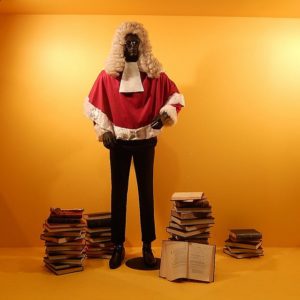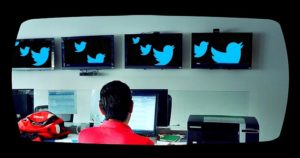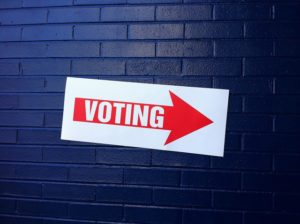Representatives Judy Chu (CA-27) and Lamar Smith (TX-21) introduced this month a bill, the Fairness for American Small Creators Act, which would amend the Copyright Act to introduce a Copyright Claims Board (the Board). The press release is here.
The Board would be established within the Copyright Office and would be an alternative forum to resolve some, but not all, copyright claims (collective sigh of relief from IP attorneys).
 Three Copyright Claims Officers
Three Copyright Claims Officers
Three full-time copyright claims officers would serve on the board for a six-year term. They would all be attorneys with at least seven years of legal experience. Two of the copyright claims officers would “have substantial experience in the evaluation, litigation, or adjudication of copyright infringement claims and, between them, … have represented or presided over a diversity of copyright interests, including those of both owners and users of copyrighted works. The third copyright claims officer [would] have substantial experience in the field of alternative dispute resolution.”
They would be independent from the Register of Copyrights, but could consult it on general issues of law, but not with respect to the facts of any particular matter pending before the Board or the application of law to a particular matter. The Board’s decisions could be reviewed by a court.
Copyright Claims Attorneys
No less than two attorneys would be appointed by the Register of Copyrights to assist in the administration of the board. They would have to have at least three years of copyright law experience.
Authority and Responsibilities of the Copyright Claims Board
The Board would determine whether a particular copyright claim, counterclaim, and defense could be brought before the Board, and would ensure that they are “properly filed and otherwise appropriate for resolution by the Board.” The Board would manage the proceedings of the Board and render rulings relating to the consideration of these claims, which would include scheduling and discovery. Indeed, the Board would have the power to request the production of information and documents relevant to the resolution of a claim, and to conduct hearings and conferences. The Board would also have the power to facilitate the settlement of any claim or counterclaim of parties and to require cessation or mitigation of an infringing activity, including takedown or destruction of infringing materials, but only if the party asked to do so agrees.
Authority and Responsibilities of the Copyright Claims Attorneys
Copyright Claim Attorneys would have to provide assistance to the copyright claims officers in the administration of their duties, and provide assistance to members of the public with respect to the procedures and requirements of the Board.
Proceedings
Parties would only participate in a Board proceeding on a voluntary basis and the right of any party to pursue a claim in any court of law would be preserved. The claim would have to be filed no more than three years “after the claim that is the basis for the proceeding accrued.” The Board could review claims for infringement, or provide a declaration of non-infringement, unless the claim is already pending before, or finally adjudicated by a court of law. Both parties would have to be in the U.S. The Board could award actual damages and limited statutory damages, but the latter could not exceed $15,000 per work infringed.
This would be a centralized process, as the Board would conduct proceedings “by means of Internet-based applications and other telecommunications facilities, except that in any case involving physical or other nontestimonial evidence, the Board may make alternative arrangements for the submission of evidence if the arrangements do not prejudice another party to the proceeding.”
The parties could be represented before the Board by an attorney or law student who is qualified under applicable law to represent a party on a pro bono basis.
It is an interesting proposal, especially as the whole procedure could be conducted electronically. Allowing qualified law-students to represent parties may, however, have a somewhat limited impact on the ability of parties to seek pro bono counsel, as U.S. states typically require law students representing parties pro bono to be supervised by a faculty member or a practicing attorney.
This article was first published on The 1709 Blog.
Image courtesy of Flickr user Michael Coghlan under a CC BY-SA 2.0 license.
 I am writing here only about the two motions and will comment on yesterday’s ruling later on.
I am writing here only about the two motions and will comment on yesterday’s ruling later on.


 The Four DMCA Safe Harbors
The Four DMCA Safe Harbors






